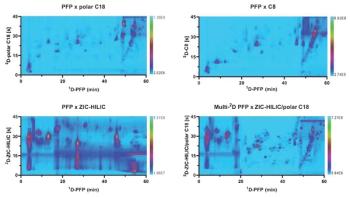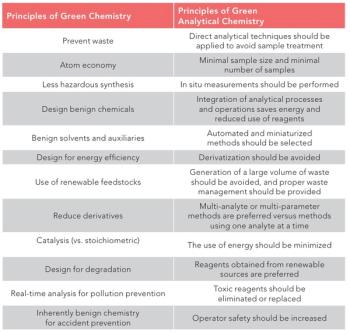
News in Polymer analysis: The new Multi-Shot EGA/PY-3030D pyrolyzer
Shimadzu product profile
Shimadzu and Frontier Lab provide a new versatile tool for the comprehensive analysis of polymer samples. It consists of Shimadzu’s GCMS-QP2010 quadrupole series and Frontier Lab’s new Multi-Shot EGA/PY-3030D vertical micro furnace pyrolyzer. Both companies have teamed up in Pyrolysis-GCMS for years.
The PY-3030D is equipped with a low thermal mass ceramic heater featuring improved thermal stability and an extended temperature range from ambient + 10 °C to 1050 °C. This enables the analysis of temperature-sensitive compounds as well as the cracking of highly temperature-stable polymers using high-temperature pyrolysis. The low mass ceramic heater and the new design of the pyrolysis/GC interface contribute to increased heating and cooling rates, leading to higher productivity because of very short heater cycle times.
Optimized temperature control ensures increased reproducibility of pyrolysis data, particularly at higher temperatures. In addition, the outstanding performance of the GCMS-QP2010 series contributes to the excellent reproducibility of the data.
The wide range of new accessories opens up new potentials for the analysis of polymers – a configuration is available for nearly every analytical challenge. The sample introduction systems offer increased application possibilities including the analysis of weathering products and reactions at high pressure. By simply changing the sampler, different sample introduction methods such as single-shot/double-shot pyrolysis, liquid injection, reactive pyrolysis or sample irradiation with UV light can be selected.
For further details please visit
Newsletter
Join the global community of analytical scientists who trust LCGC for insights on the latest techniques, trends, and expert solutions in chromatography.




